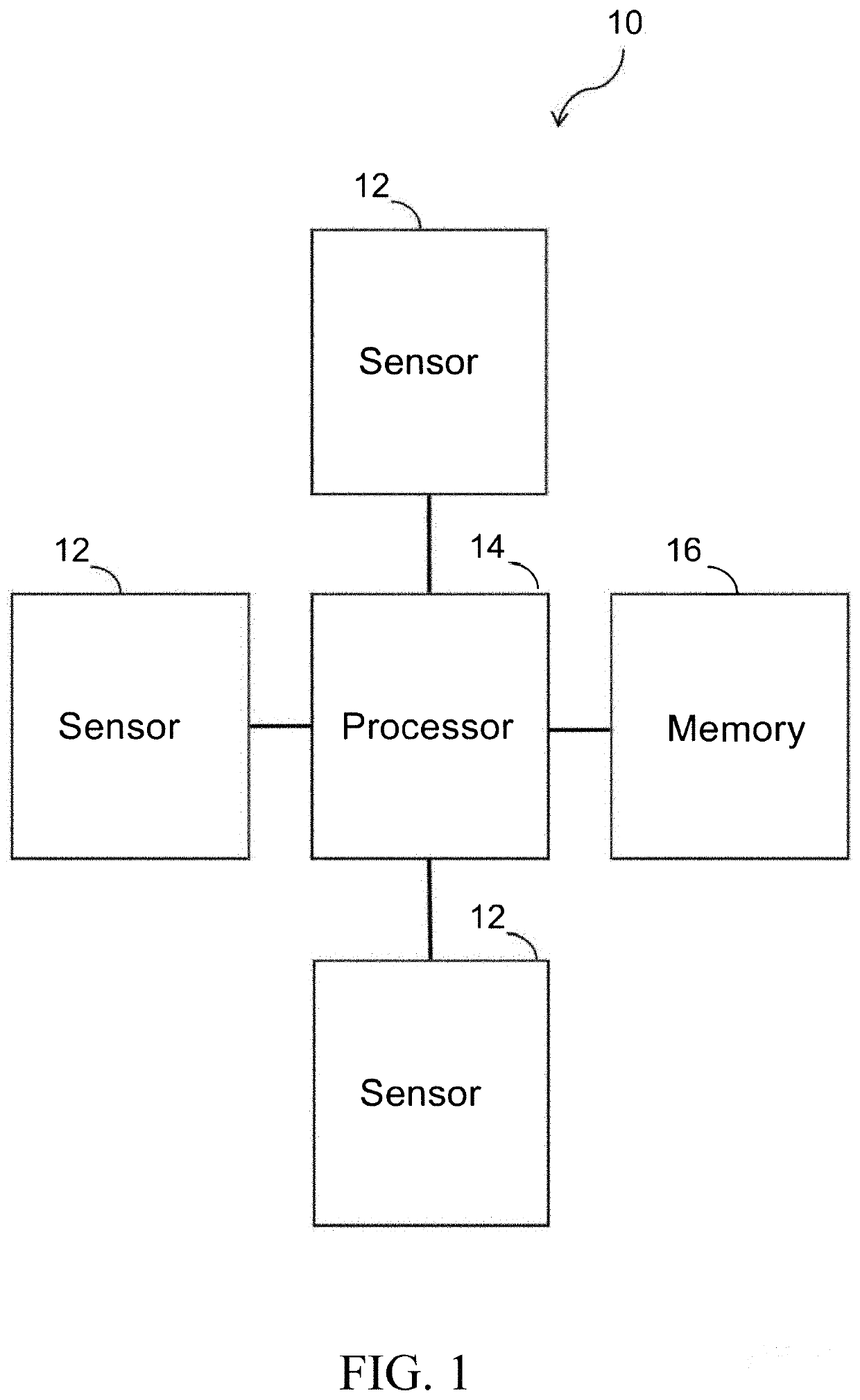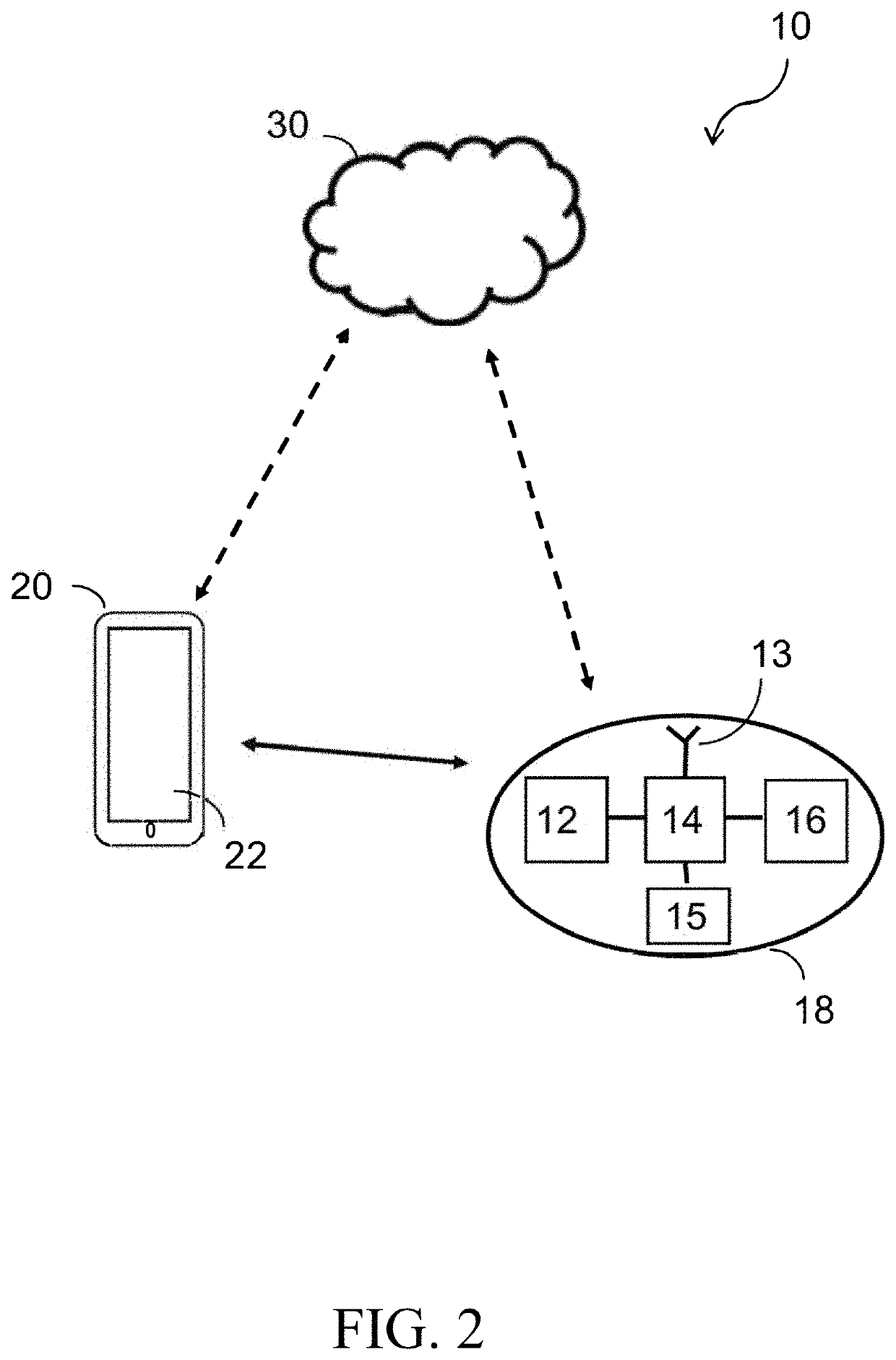Systems and methods for monitoring uterine activity and assessing pre-term birth risk
a technology of uterine activity and pre-term birth, applied in the field of obstetrics, can solve the problems of not being able to determine if a mother is in labor or experiencing braxton-hicks contractions, and being incredibly stressful during pregnancy for an expectant mother, especially a first-time mother
- Summary
- Abstract
- Description
- Claims
- Application Information
AI Technical Summary
Benefits of technology
Problems solved by technology
Method used
Image
Examples
Embodiment Construction
[0151]To mitigate the problems herein, the inventors had to both invent solutions and, in some cases just as importantly, reorganize problems overlooked (or not yet foreseen) by others in the field of fetal health. Indeed, the inventors wish to emphasize the difficulty of recognizing these problems that are nascent and will become more apparent in the future should trends in industry continue as the inventors expect. Further, because multiple problems are addressed, it should be understood that some embodiments are problem-specific, and not all embodiments address every problem with traditional systems described herein or provide every benefit described herein. That said, improvements that solve various permutations of these problems are described below.
[0152]Contractions are the periodic tightening and relaxing of the uterine muscle, the largest muscle in a woman's body. During a contraction, the abdomen becomes hard to the touch. In the childbirth process, the work of labor is don...
PUM
 Login to View More
Login to View More Abstract
Description
Claims
Application Information
 Login to View More
Login to View More - R&D
- Intellectual Property
- Life Sciences
- Materials
- Tech Scout
- Unparalleled Data Quality
- Higher Quality Content
- 60% Fewer Hallucinations
Browse by: Latest US Patents, China's latest patents, Technical Efficacy Thesaurus, Application Domain, Technology Topic, Popular Technical Reports.
© 2025 PatSnap. All rights reserved.Legal|Privacy policy|Modern Slavery Act Transparency Statement|Sitemap|About US| Contact US: help@patsnap.com



